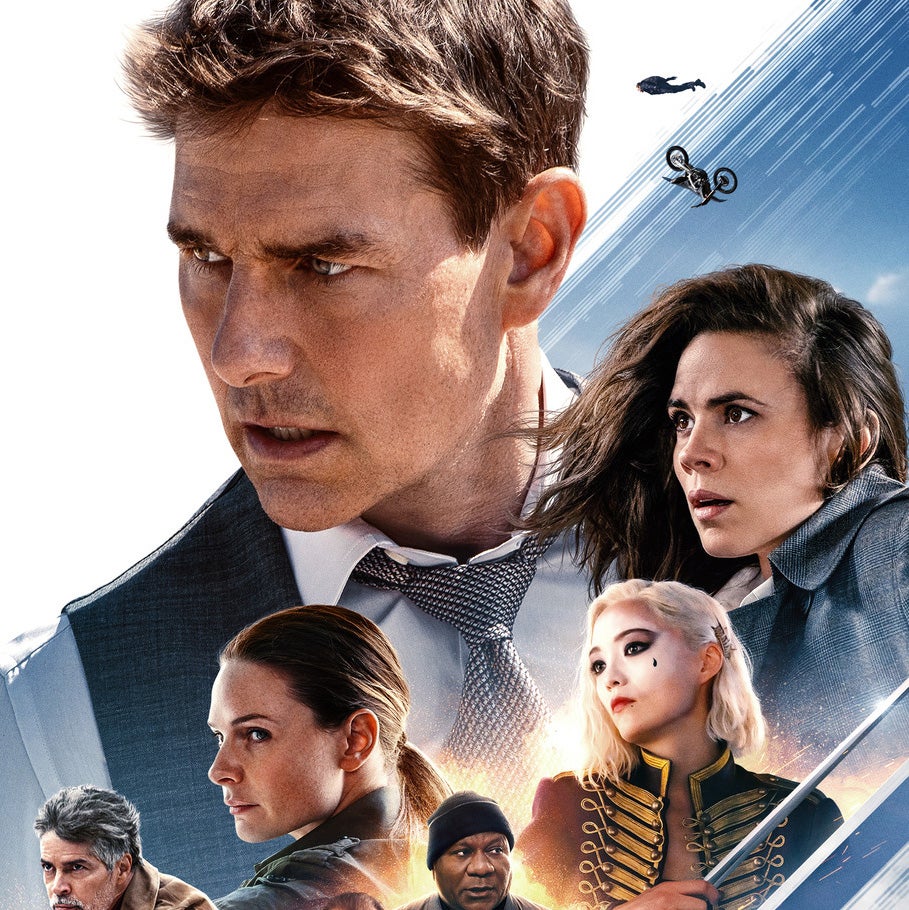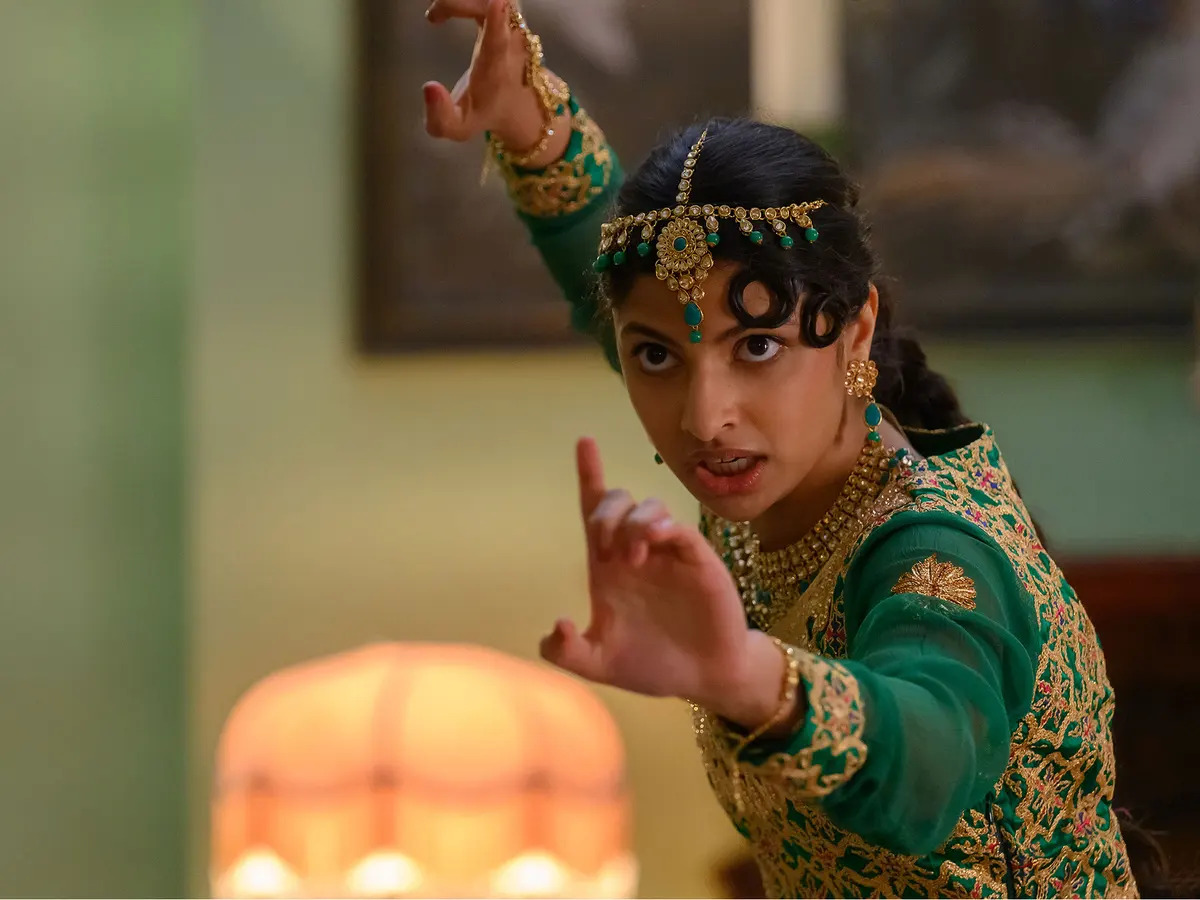Van Helsing
Posted on May 4, 2004 at 7:29 pm
A-| Lowest Recommended Age: | Middle School |
| Profanity: | Brief mild language |
| Nudity/ Sex: | Non-explicit sexual situation, brief mild references |
| Alcohol/ Drugs: | Drinking |
| Violence/ Scariness: | Non-stop intense comic-book-style peril and violence, grotesque images |
| Diversity Issues: | Very strong female character |
| Date Released to Theaters: | 2004 |
Forgive me, I have to say it. This is one vampire movie with bite.
And it’s the first real popcorn pleasure of the year, a deliciously entertaining thrill ride that pleasurably tweaks new thrills from old stories.
It starts with a bang, even the movie studio’s logo a part of a glorious black-and-white intro that wonderfully evokes James Whale’s iconic scene of Viktor Frankenstein screaming “It’s ALIVE!” as the monster created from pieces of seven men is shocked into life and torch-bearing villagers are getting closer to the castle door. But then a louche Dracula (Richard Roxburgh) who can regenerate when he is wounded shows up to say, “It’s a pity your moment of triumph is being spoiled over a little thing like grave robbery,” and things take a surprising turn.
A year later, a guy in the coolest fedora since Indiana Jones is fighting a monster. It is Van Helsing (Hugh Jackman), a man who knows that he is here to fight evil, but is not sure why. He seems to remember fighting the Romans at Masada (that would be in about the year 72) but can’t remember the details of his past. When asked whether he is a holy man or a murderer, he says, “A bit of both.” All he ever needs to know is is “What are we dealing with and how do I kill it?”
Thankfully, the film wastes little time on any more exposition and explanations. Even though a priest tells Van Helsing, “In Transylvania you may find the answers you seek” about a past he cannot remember, what we get instead is pretty much non-stop action, more thrill ride or video game than story. And that’s fine with me. The production design is fabulously entertaining and imaginative. The monsters are all re-imagined with a great deal of flair, particularly Frankenstein’s creation, one of the best of his many screen portrayals.
The CGI effects are exceptionally well done, especially the transformations, though no one seems to have figured out how to give CGI characters the weight they should have in affecting the environment around them. Subtle details add a great deal of depth and atmosphere. In a scene set in Paris, we can glimpse the half-completed Eiffel Tower and in Transylvania there is a fountain shaped like a witch’s pointed hat. There are many intricate contraptions and there is a lot of slimpy, dripping gloop. Dracula silently tangos and then paces across the floor and up the wall. There are some little hooded henchmen who creep about like evil Ooompa-Loompas, and the female vampires look like demonic supermodels. A very grand masked ball features characters in more than one level of disguise. Some good dialogue is delivered with a lot of panache.
The movie takes itself seriously enough to have us care about the outcome but has enough of a sense of humor to provide Van Helsing with the equivalent of James Bond’s “Q,” a cheery sidekick with a knack for weapons technology.
Jackman has all that it takes to be both leading man and action hero. Kate Beckinsale is fine as Anna, the last in the line of her family, which for generations has been dedicated to wiping out the vampires. But in a movie like this, what matters is the bad guy, and Roxburgh is just right as Dracula, sinuous and seductive, a little effete, a little theatrical, and deliciously bloodthirsty. When someone declaims, “I would rather die than help you!” he purrs, “Don’t be boring. Everyone who says that dies.” Necks are not all he sinks his teeth into.
Parents should know that this movie has non-stop and intense action, with characters in constant extreme peril. There are gross and violent images and many characters are killed. There are a lot of jump-out-at-you surprises and grotesque creatures. Characters use brief mild bad words. There are brief mild sexual references and a non-explicit sexual situation.
Families who see this movie should talk about the original sources and enduring appeal of characters like Frankenstein, Dracula, Dr. Jekyll and Mr. Hyde, and the Wolfman. They should talk about the villagers’ decision that since the vampires killed only one or two people a month, they should not try to stop them. They might want to talk about the ending, whether it was a surprise and how they feel about it. This site has information about the Van Helsing character created by Bram Stoker, author of Dracula, who describes him as having “an iron nerve, a temper of the ice-brook, and indomitable resolution, self-command and toleration.
Families who enjoy this movie will also enjoy The Mummy, Blade Runner and Raiders of the Lost Ark. A cult favorite comic book, The Spirit by Will Eisner, stars a modern-day character who has some of Van Helsing’s attitude.






